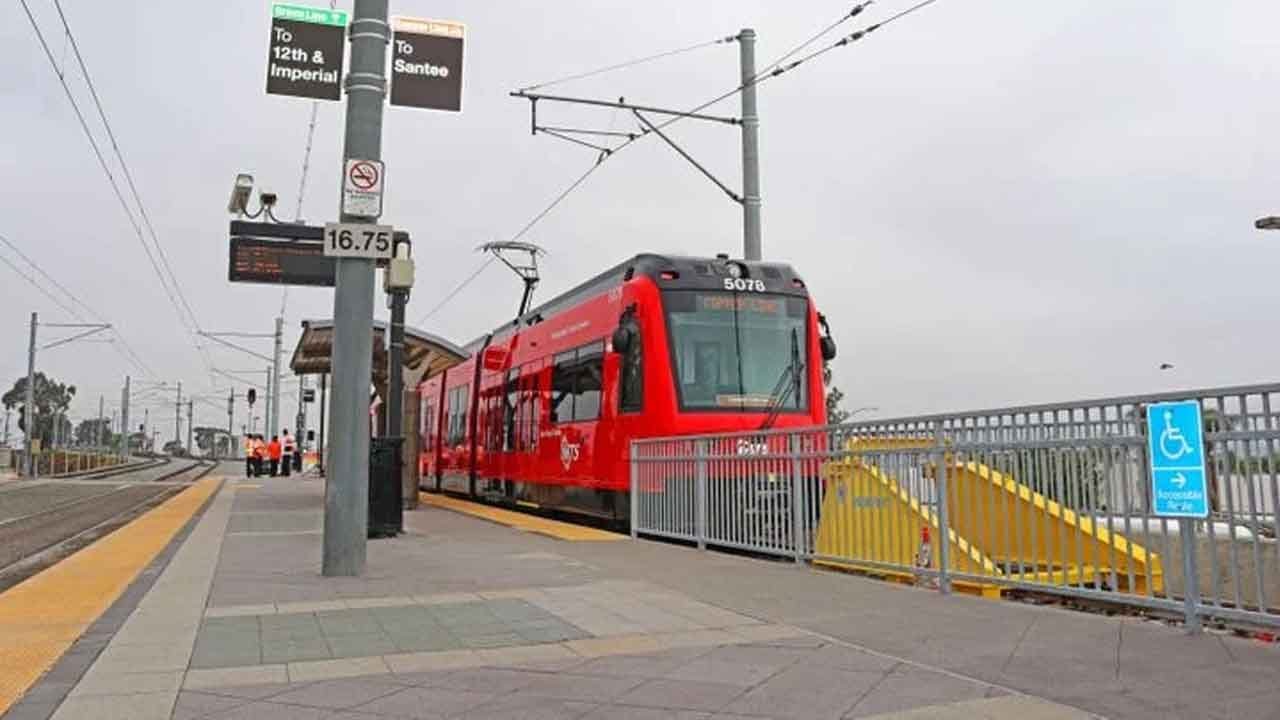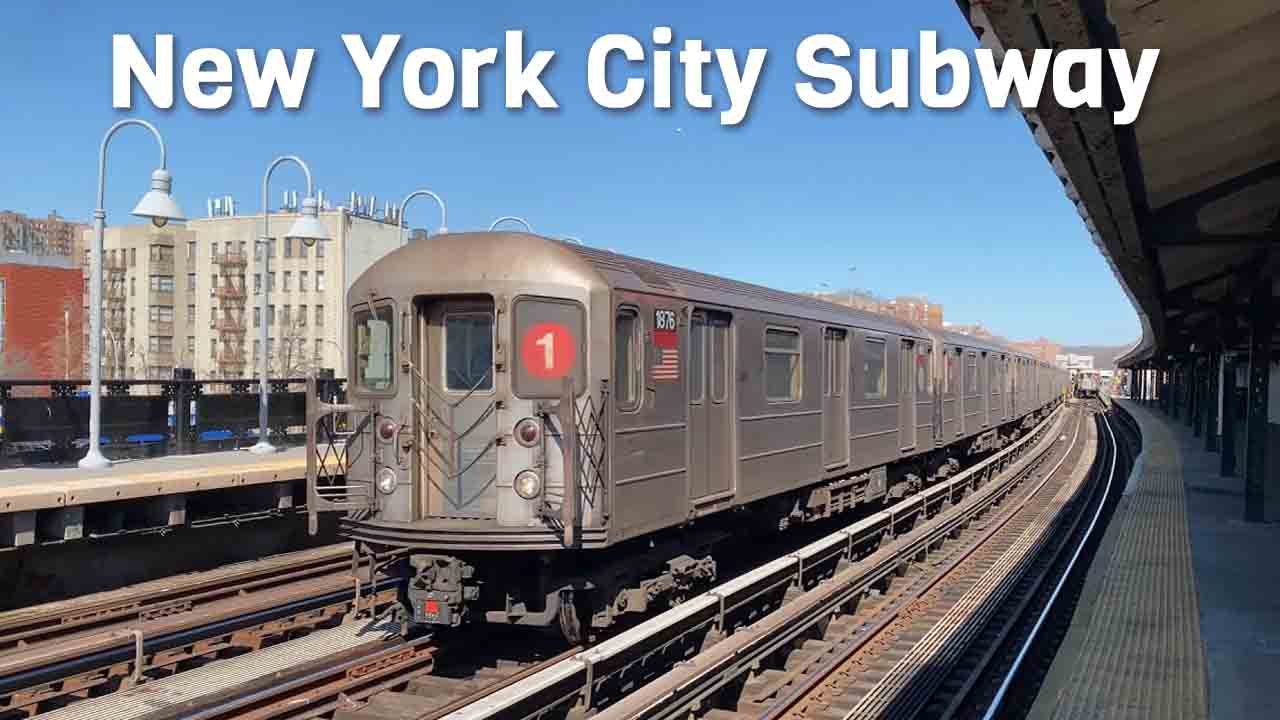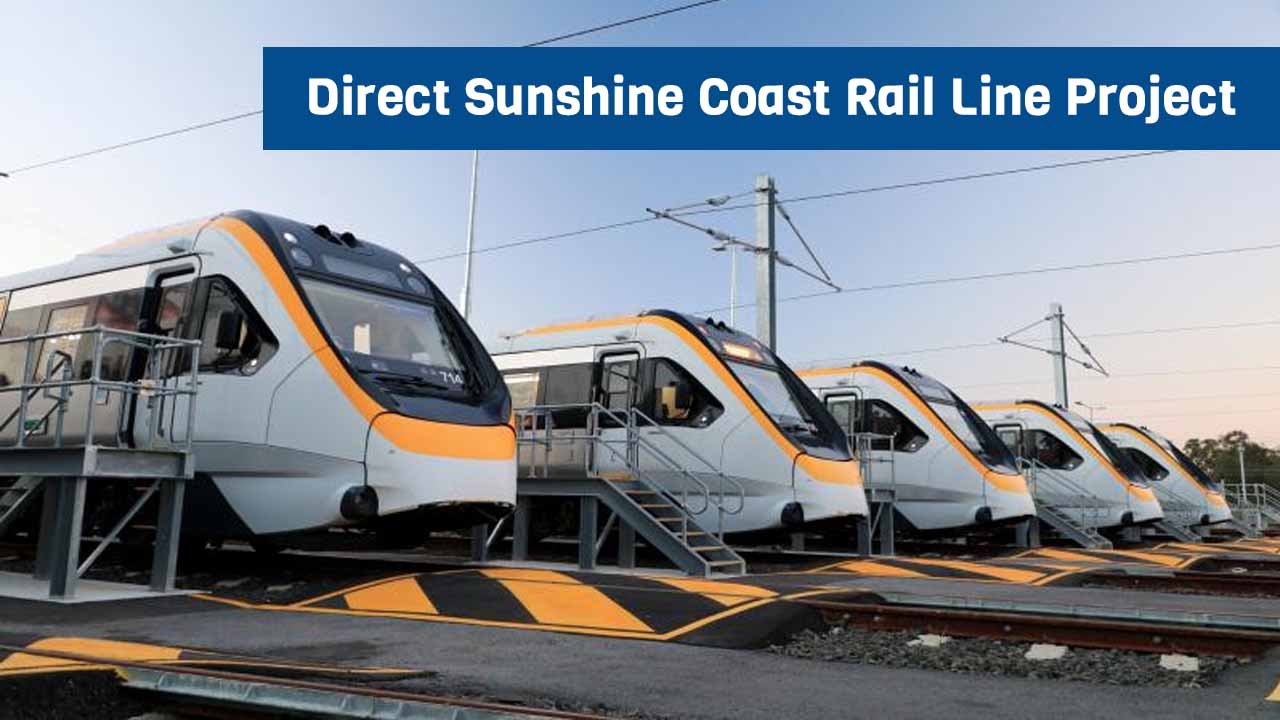San Diego Metropolitan Transit System (MTS) officials have officially launched service on the Copper Line—East County Connector, a project aimed at improving the reliability and efficiency of trolley service across the region.
The new Copper Line will run every 15 minutes daily, connecting four stations between El Cajon Transit Center and Santee Trolley Station. With the launch, Green and Orange Line services will now shift to a new section north of El Cajon Transit Center.
MTS leaders say the project is a win for East County and the entire network.
“MTS wants to make transit more reliable not only for East County residents but for riders across the system,” said MTS Board Chairman Stephen Whitburn. “With the Copper Line, we are doing just that. It makes the transit system better and more efficient. I look forward to seeing how this new line segment benefits the rider experience.”
Table of Contents
Fixing the East County Bottleneck
The Copper Line was designed to address a long-standing challenge: the single-track section between Gillespie Field and Santee, which often caused delays and disrupted transfers since only one train could move through the stretch at a time.
Under the new service plan:
-
Green Line trolleys will end at El Cajon Transit Center, avoiding the one-track bottleneck.
-
This change is expected to boost on-time performance and reduce delays for passengers.
-
Transfers between services will now be more reliable, with fewer disruptions caused by the rest of the system.
Service Enhancements for Riders
The restructuring also brings improvements for commuters:
-
Later night service on the Green Line.
-
All Sunday services are extended to the El Cajon Transit Center.
-
Shorter Copper Line trains will ease traffic congestion at key intersections like Cuyamaca Street and Santee.
MTS estimates that after the restructuring takes effect this fall, around 8% of passenger trips in East County will shift to either the Copper Line or Green Line, marking a significant change in rider patterns.
With the Copper Line now operational, MTS officials say the network is better equipped to handle demand while providing a smoother, more reliable experience for commuters across San Diego County.










